Must Have Tools for Woodworking: Beginner’s Guide 2024
- July 27, 2023
- 0 comment
Imagine taking a simple piece of wood and turning it into a beautiful piece of furniture or an intricate carving. This is the magic of woodworking, a craft that combines skill, creativity, and a dash of patience. If you’ve ever thought about delving into this hands-on hobby, you’re in the right place. Welcome to our Beginner’s Guide to Woodworking Tools for 2024. Here, we’ll uncover the essential tools that will empower you to start your woodworking journey. So, let’s get ready to create, build, and most importantly, have fun!
List of Woodworking Tools for Beginners:
- Workbench
- Hand Saw
- Chisel
- Hammer and Mallet
- Measuring and Marking Tools
- Power Drill
- Circular Saw
- Orbital Sander
- Clamps
- Safety Equipment
So, Let’s get ready to create, build, and most importantly, Have Fun!
1. Workbench

The Workbench is the heart of your woodworking shop. It provides a sturdy surface where you can safely and securely carry out your work. The best workbenches are solidly built and heavy, preventing movement during tasks, and they often feature a built-in vise for clamping workpieces. A fascinating fact is that many woodworkers consider building their own workbench as a rite of passage, a practical project that hones basic skills and results in a custom-made, invaluable tool.
It’s worth noting that the configuration of your workbench can greatly influence your woodworking experience. Some benches come with dog holes and bench dogs for additional clamping options, while others may offer storage solutions. What’s important is to ensure that the workbench suits your specific needs and working style. Remember, this is the tool you’ll interact with the most, so choose wisely.
Recommended Products
For those seeking a reliable workbench, the Sjobergs SJO-33283 Woodworking Workbench and the Windsor Design Workbench with 4 Drawers are both excellent options to provide a sturdy foundation for your woodworking projects.
2. Hand Saw
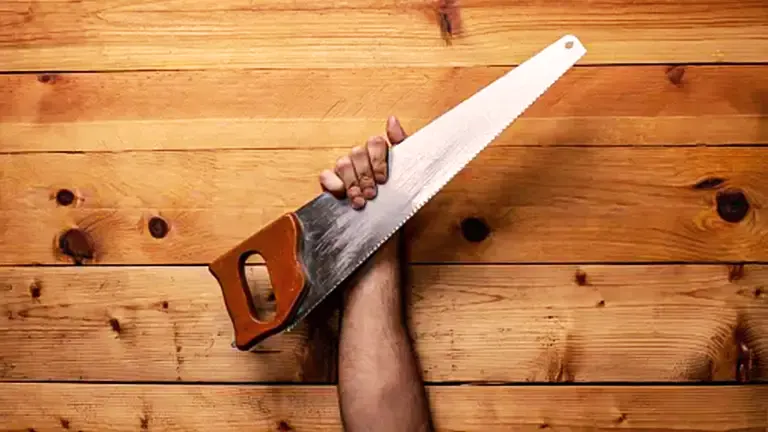
The Hand saw is among the oldest known tools, with early examples dating back to ancient Egypt. Today, they remain a staple in every woodworker’s toolkit. Beginners often start with two basic types: a rip saw for cutting along the grain of the wood, and a crosscut saw for cutting across it. These saws may seem simple, but they provide unparalleled control and are perfect for a wide variety of tasks.
As you grow in your woodworking journey, you might explore other types of hand saws. Dovetail saws, coping saws, and Japanese pull saws each have unique applications and can significantly expand your woodworking capabilities. It’s fascinating to note that despite the variety of power tools available today, these traditional hand tools hold their ground, prized for their precision and the tactile connection they offer between the craftsman and the material.
Recommended Products
For precision cutting tasks, the Stanley 20-045 Fat Max Hand Saw and the Irwin Tools Universal Handsaw are recommended choices that offer consistent accuracy and lasting performance.
3. Chisels
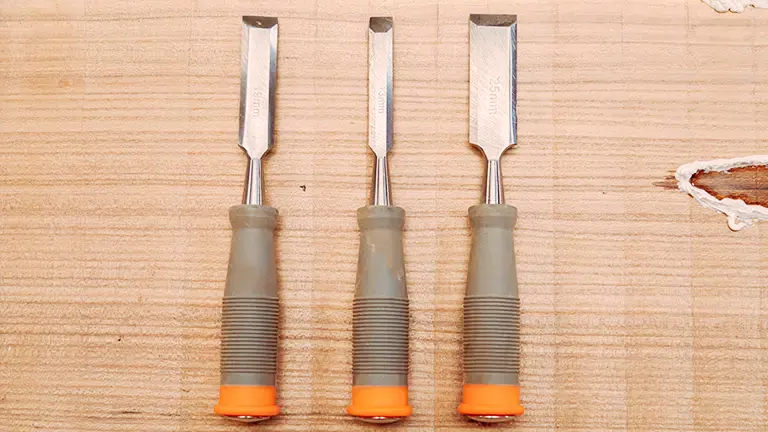
Chisels are your go-to tools for shaping and refining your work. These tools have been used by humans for carving wood for thousands of years. When you’re first starting, it’s a good idea to get a set of chisels in various sizes. Chisels are used for everything from carving intricate details to cutting joints, and having a variety of sizes at your disposal ensures that you’re ready for any task.
Chisels also reflect a fascinating aspect of tool usage—maintaining them properly can significantly improve their performance and safety. A sharp chisel is actually safer to use than a dull one because it requires less force to cut and is less likely to slip. Therefore, learning how to sharpen your chisels and other cutting tools is an important part of becoming a woodworker.
Recommended Products
Elevate your woodworking craftsmanship with the Narex 4-piece Wood Chisel Set or the Stanley 16-791 Sweetheart 750 Series Chisel Set, both recommended selections designed to deliver clean and precise cuts.
4. Hammer and Mallet
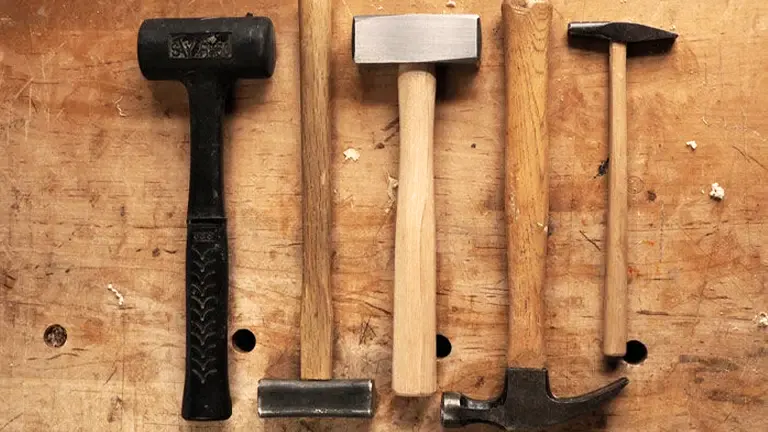
The Hammer is the quintessential tool, with its design going largely unchanged for centuries. It’s a simple but vital tool for driving nails, breaking apart objects, and even as a make-shift tool for minor adjustments. However, when it comes to woodworking, another tool often works side-by-side with the hammer: the mallet. Mallets, with their broader, typically softer heads, are perfect for driving chisels or knocking wooden pieces together without marring the surface.
The use of mallets highlights an interesting subtlety in woodworking: the blend of force and finesse. While mallets can deliver impressive force, their use requires an understanding of wood grain, control, and precision to avoid splitting the wood or damaging the tool. As such, mastering the use of a mallet is a useful lesson in the balance of power and control that defines woodworking.
Recommended Products
When it comes to hammers and mallets, the Estwing E3-16C Curved Claw Hammer and the Stanley 51-163 16-Ounce FatMax Xtreme AntiVibe Rip Claw Nailing Hammer are recommended options, ensuring efficient hammering and controlled tapping.
5. Measuring and Marking Tools
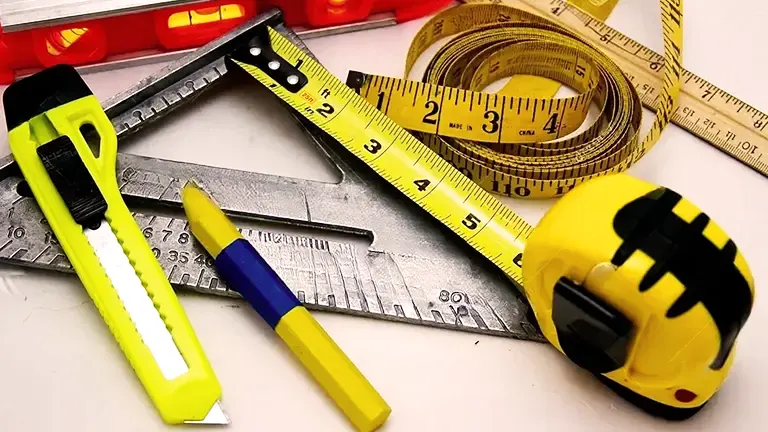
Precision is key in woodworking, making Measuring and marking tools indispensable. These tools ensure that your cuts are accurate, your angles are right, and your holes are perfectly positioned. The classic tape measure is a must-have, while a square ensures perfect 90-degree angles and a marking gauge helps in precision marking for cuts and joints.
Historically, the importance of precise measuring is so profound that it has led to the saying “Measure twice, cut once.” This adage emphasizes the role of careful planning in woodworking. Accurate measurements are fundamental to achieving professional-looking results and ensuring the functional fit of various wooden parts. Moreover, as you progress in your woodworking journey, you’ll find that the world of measuring and marking tools is vast, with specialized tools like calipers, dividers, angle finders, and more, each designed to increase accuracy and efficiency.
Recommended Products
Ensure accurate measurements with the FastCap PSSR25 25-Foot Lefty/Righty Measuring Tape or the Mortise Gauge Ruler Double Head Aluminium Alloy Carpenter Tool, both recommended tools that simplify precise markings in woodworking projects.
6. Power Drill
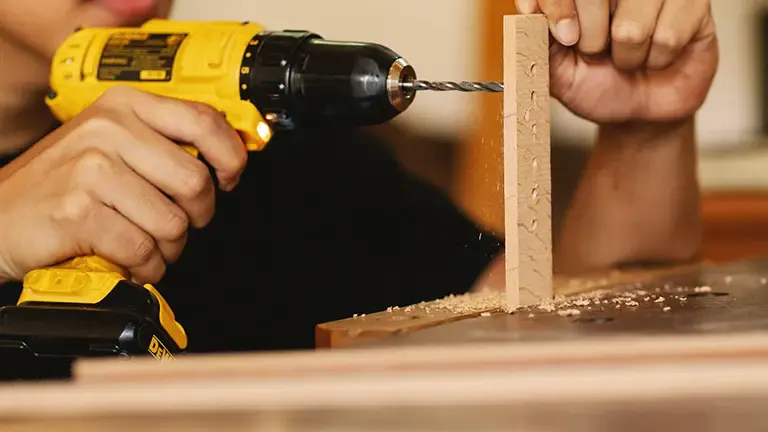
In the realm of power tools, a good quality Power drill is an excellent place to start. Modern cordless drills provide the convenience of mobility without compromising on power, and they come in handy for a wide range of drilling and driving tasks. As you use your drill more and more, you’ll find that having a variety of drill bits for different materials and hole sizes is beneficial.
In addition to drilling holes, power drills also double as drivers, making the assembly of your projects quicker and easier. And with advancements in battery technology, cordless drills of today can hold a charge longer and deliver as much torque as their corded counterparts. This convergence of functionality, power, and convenience makes the power drill a transformative tool for beginners in woodworking.
Recommended Products
Enhance your woodworking capabilities with the Dewalt DCD771C2 20V MAX Cordless Drill or the Makita XFD10R 18V Compact Lithium-Ion Cordless Driver-Drill Kit, both recommended choices known for their performance and versatility.
7. Circular Saw
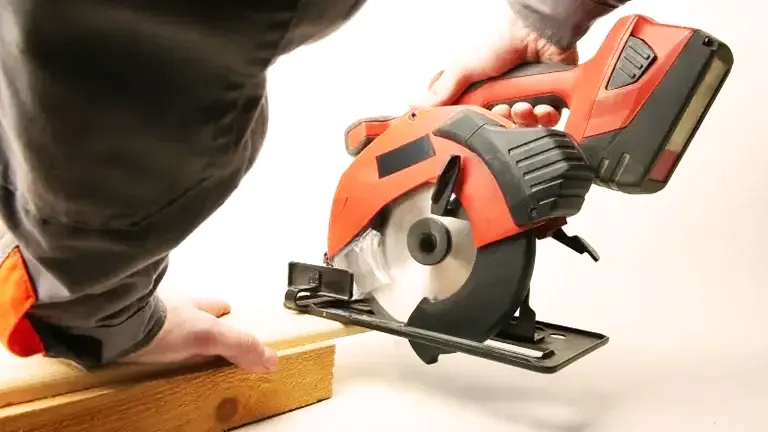
The Circular saw, a portable and versatile power tool, has been a game-changer in woodworking. It can make quick work of cutting boards to length or ripping them to width. With different types of blades, a circular saw can cut through a variety of materials, including lumber, plywood, MDF, and more.
It’s interesting to note that the circular saw has come a long way since its invention in the early 19th century. Today, there are several types of circular saws available, including worm drive saws for heavy-duty work and trim saws for finer work. With some practice, a circular saw can perform almost all the cuts that you’ll need to make in your woodworking journey, making it an invaluable addition to your tool kit.
Recommended Products
Make precise cuts effortlessly with the Dewalt DCS570B 7-1/4″ Cordless Circular Saw and the Makita 5007Mg Magnesium 7-1/4-Inch Circular Saw, both recommended options that combine power with portability.
8. Orbital Sander
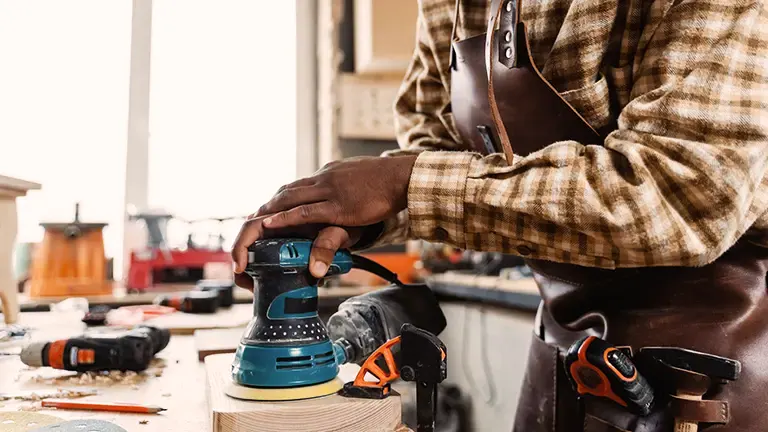
When it comes to achieving a smooth, flawless finish on your workpieces, sanding is crucial. While manual sanding can be labor-intensive and time-consuming, an orbital sander can get the job done efficiently and evenly. Orbital sanders move in a random orbit, ensuring that no repetitive patterns are left on the surface, which can happen with regular belt or disk sanders.
In addition to saving time and effort, using an orbital sander can improve the quality of your finished pieces. It’s capable of removing material quickly or performing fine finishing work, depending on the grit of the sandpaper you use. This versatility, combined with its user-friendly operation, makes the orbital sander a must-have tool for beginners.
Recommended Products
Refine your woodworking pieces effectively using the Bosch ROS20VSC Palm Sander or the Dewalt DWE6423K Random Orbit Sander Kit, both recommended selections that deliver fine finishes and comfortable operation.
9. Clamps
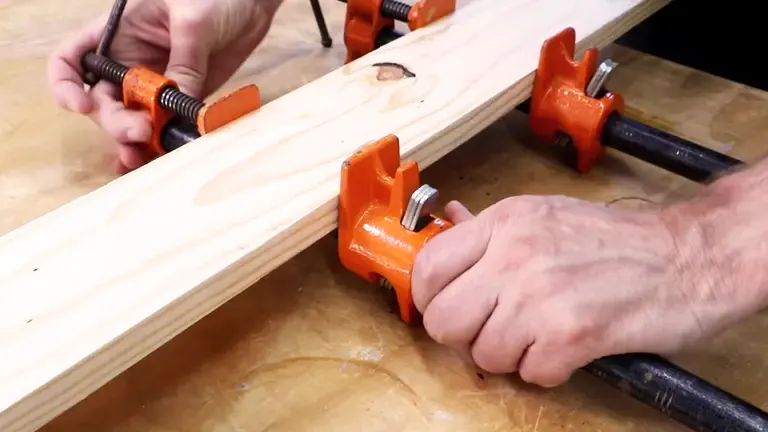
Clamps are often overlooked but are truly essential tools in a woodworker’s arsenal. Think of clamps as extra hands that can hold your workpiece steady when you’re sawing, drilling, or gluing. Having a variety of clamps, from small C-clamps and spring clamps to large bar clamps and pipe clamps, will ensure you’re ready for any project.
Furthermore, it’s interesting to note that the use of clamps can significantly influence the outcome of your projects. The right clamping pressure ensures a secure work environment and contributes to cleaner cuts and stronger glue joints. Despite their simplicity, clamps have a deep-rooted history dating back to Ancient Egypt and continue to be a mainstay in modern workshops.
Recommended Products
Secure your woodworking projects confidently with the Bessey BPC-H34 3/4-Inch H Style Pipe Clamp and the Irwin QUICK-GRIP Bar Clamp, both recommended choices known for their stability and durability
10. Safety Equipment
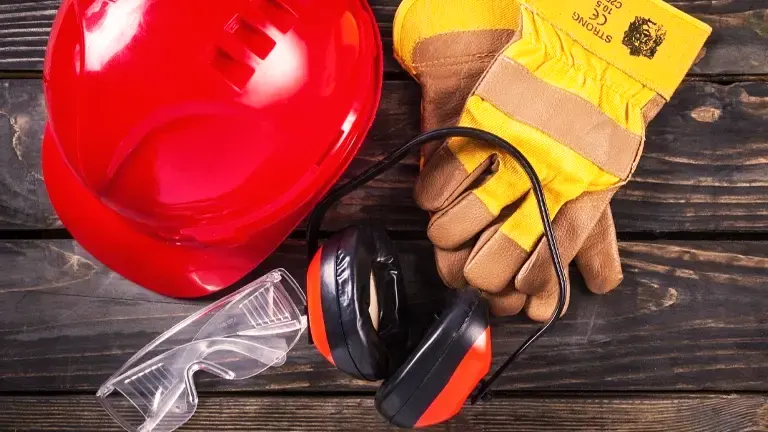
Finally, no discussion of woodworking tools is complete without mentioning safety equipment. It’s paramount to protect yourself from potential hazards in the workshop. Basic safety equipment includes safety glasses or goggles, hearing protection, and a dust mask or respirator. A first-aid kit is also a necessity in case of minor injuries.
The importance of safety in the workshop can’t be overstated. It’s not just about protecting yourself from immediate harm, but also about ensuring your long-term health and well-being. Prolonged exposure to wood dust, for example, can lead to respiratory problems, while frequent loud noise can cause hearing damage. By using safety equipment and following proper safety protocols, you can enjoy woodworking while minimizing these risks.
Recommended Products
Prioritize safety with the 3M Rugged Comfort Quick Latch Half Facepiece Reusable Respirator and the NoCry Over-Glasses Safety Glasses, both recommended essentials that offer reliable protection without compromising comfort.
Easy Guidelines for Your Woodworking Adventure
- Start Small: As a beginner, it’s best to start with small projects that will help you learn the basic skills and techniques. Once you’ve gained more experience, you can move on to larger, more complex projects.
- Safety First: Always make safety a priority. Wear safety glasses, hearing protection, and a dust mask when necessary. Keep your work area clean and free from distractions.
- Understand Wood: Wood is a unique material with its own characteristics and properties. Spend time learning about different types of wood, grain patterns, and how to choose the right wood for your project.
- Invest in Quality Tools: Quality tools will last longer and perform better. You don’t need to buy everything at once; start with the basics and gradually build your tool collection as you progress in your woodworking journey.
- Practice Makes Perfect: Woodworking is a skill, and like any skill, it improves with practice. Don’t be afraid to make mistakes; they’re part of the learning process.
- Measure Twice, Cut Once: This old saying remains true in woodworking. Always double-check your measurements before making a cut to avoid costly mistakes.
- Keep Your Tools Sharp: Sharp tools are safer and more effective. Regularly inspect and sharpen your cutting tools to maintain their performance.
- Join a Woodworking Community: Whether online or in person, a community of woodworkers can provide invaluable advice, support, and inspiration. It’s a great way to learn and share your passion with others.
And there you have it, the must-have tools to kick-start your woodworking journey. These tools are your first step into a world where wood, creativity, and skill come together. Remember, the joy of woodworking isn’t just about the end product, but also the process of creation itself. So take your time, learn your tools, and enjoy every cut, carve, and sand. Happy woodworking!
Related Articles:
- Choosing the Right Wood for Your Woodworking Projects
- 10 Simple Woodworking Projects for Beginners
- Best Woodworking Tools on Amazon: Must Have 2023
- 5 Best Jigsaws for Woodworking Available on Amazon
- Different Ways To Maintain Your Wood Lathe
Frequently Asked Questions
- What is the best wood for a beginner to start with?
As a beginner, it’s best to start with softer woods like Pine, Cedar, or Poplar. These are easier to work with and less expensive, so mistakes won’t be as costly. - Is woodworking an expensive hobby to start?
The cost of starting woodworking can vary. It largely depends on the tools you choose and the projects you undertake. You can start with basic hand tools and gradually invest in more advanced equipment as you progress and determine your specific interests in the craft. - How do I maintain my woodworking tools?
Tool maintenance can be as simple as cleaning them after use, protecting them from moisture, and regular sharpening for cutting tools. Each tool may have its specific maintenance needs, so it’s crucial to understand these to extend the life of your tools. - Is it necessary to have a dedicated workspace for woodworking?
While it’s not absolutely necessary, having a dedicated workspace can make your woodworking experience much better. It provides space for your tools and projects and allows for a safer and more organized work environment. - What safety measures should I follow when working with woodworking tools?
Always wear safety equipment like safety glasses, hearing protection, and dust masks. Never rush a cut, always use sharp blades to prevent kickback, and keep your fingers away from the cutting line. Furthermore, keep your workspace clean and uncluttered to prevent accidents. - Can I do woodworking projects without power tools?
Yes, you certainly can! Many beautiful projects can be completed using only hand tools. In fact, some woodworkers prefer using hand tools for the control and connection they offer.
We’re excited to engage with you! Feel free to contribute your personal woodworking experiences and insights regarding the Must Have Tools for Woodworking: Beginner’s Guide 2024. Your valuable input has the potential to assist fellow woodworking enthusiasts in making well-informed choices as they embark on their woodworking journey. Join the conversation by sharing your thoughts in the comments section below.


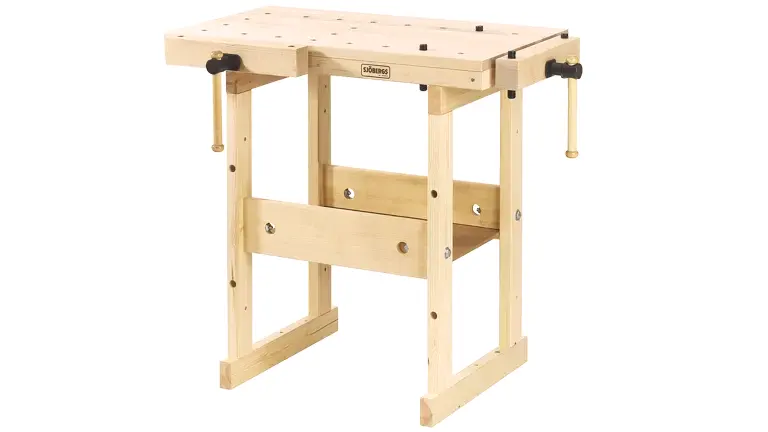
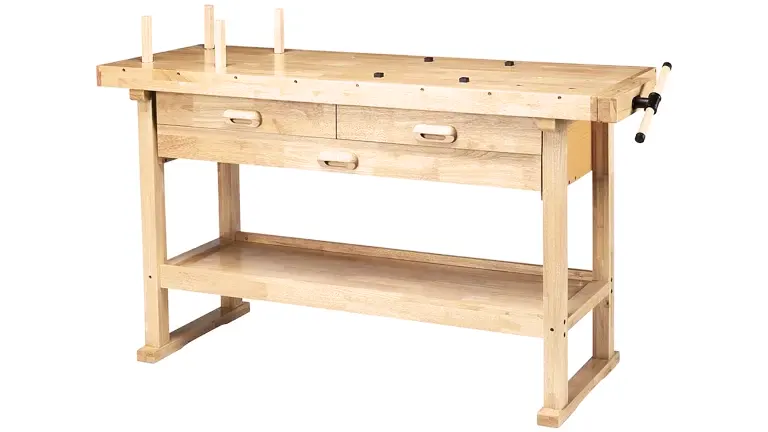
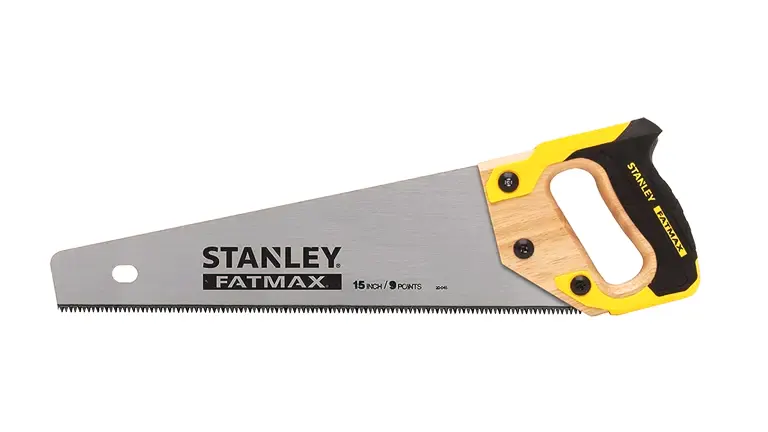
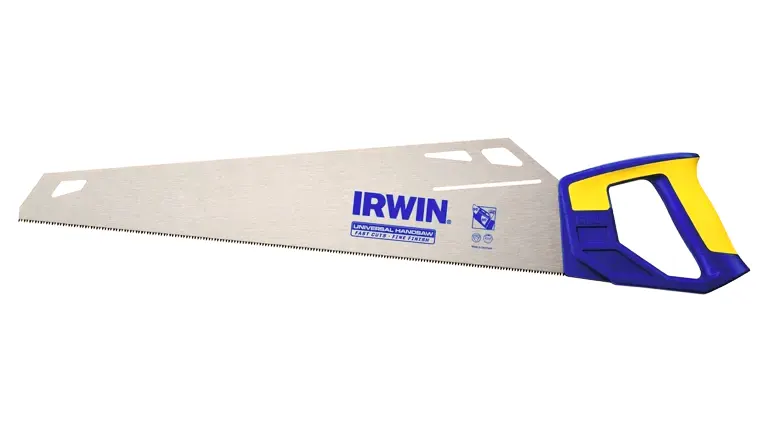
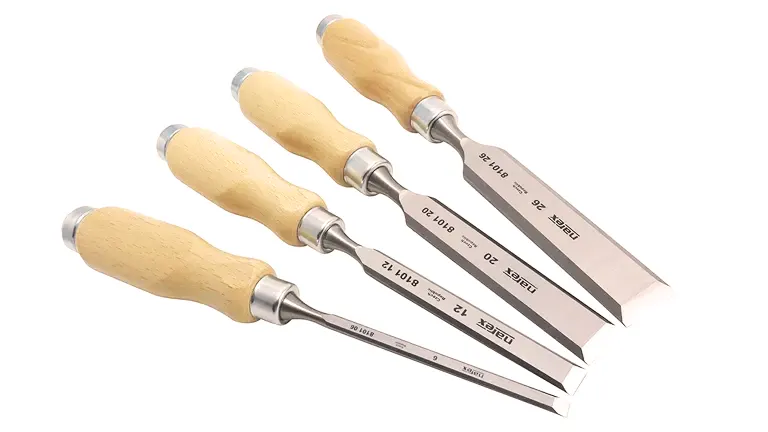
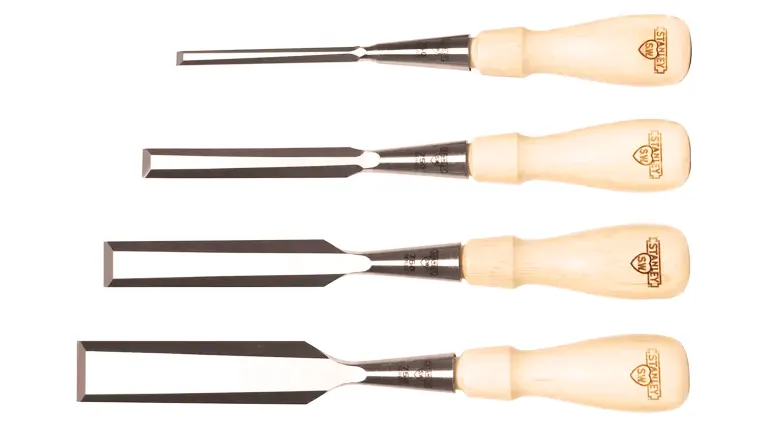
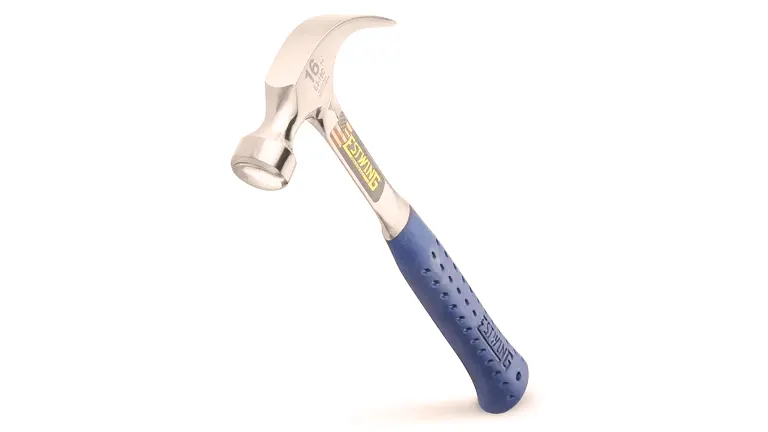
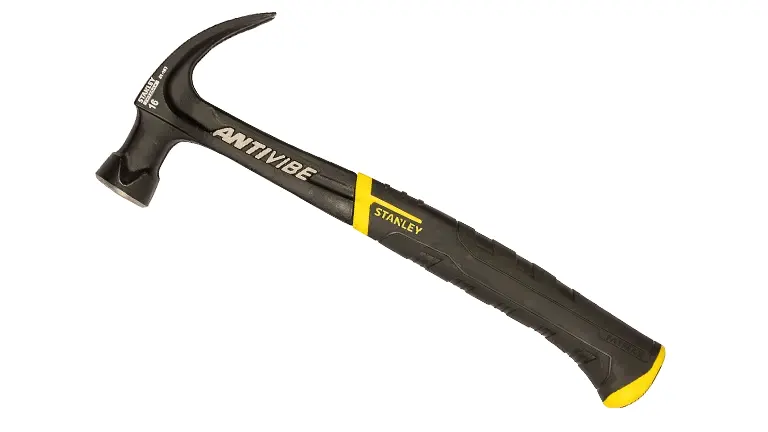
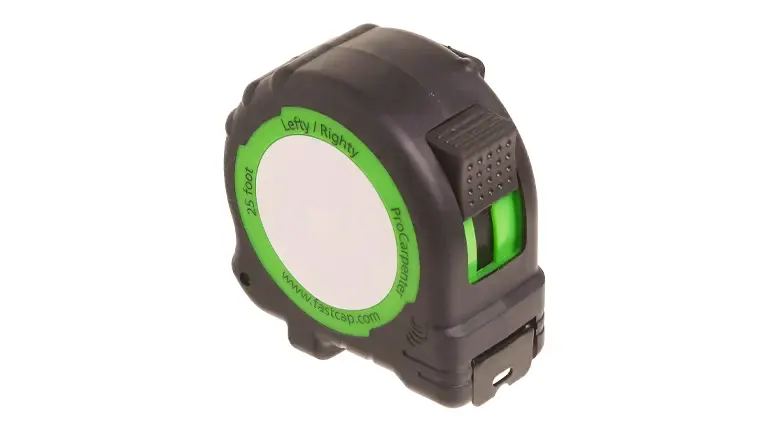

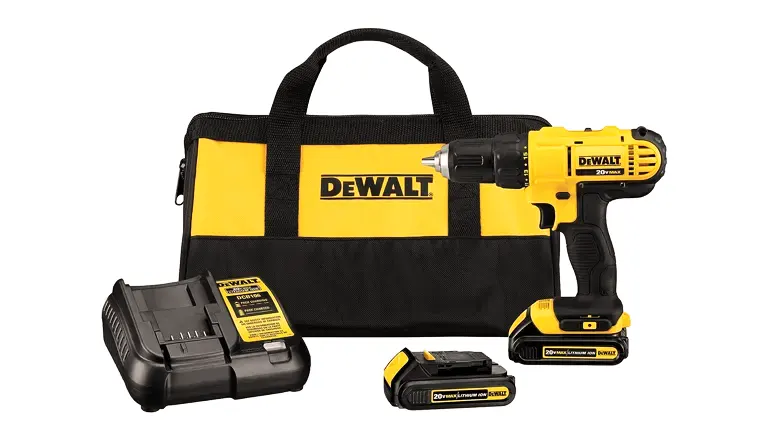
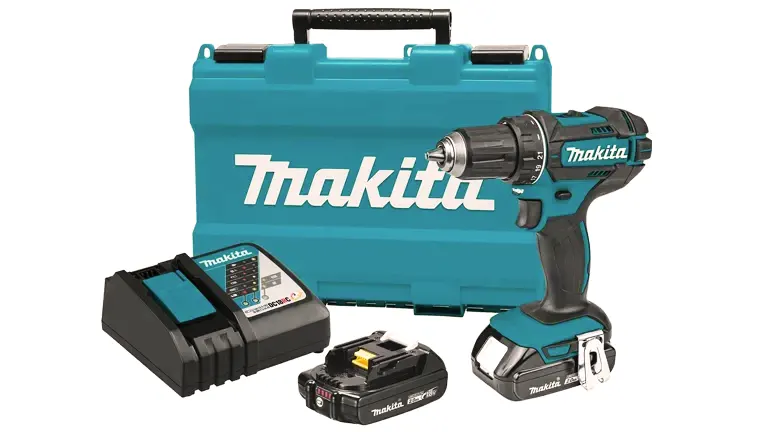
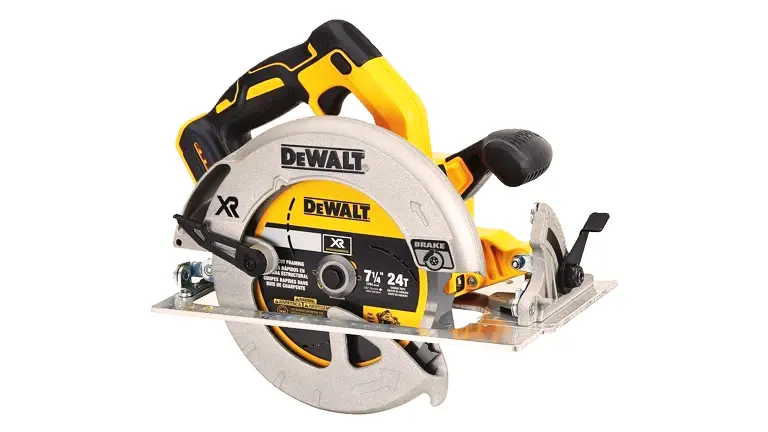
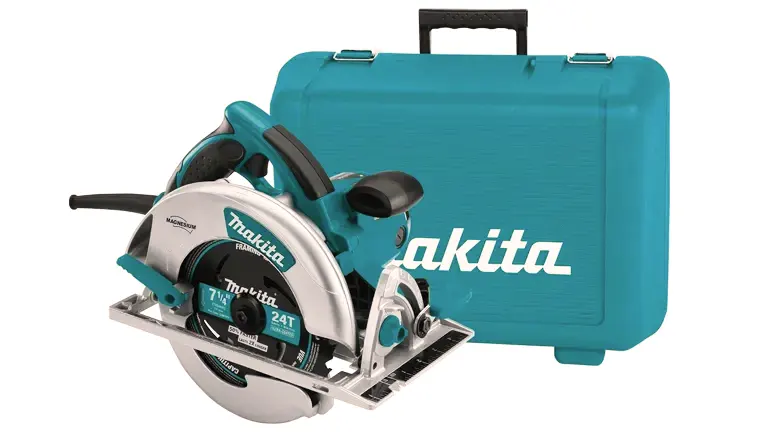
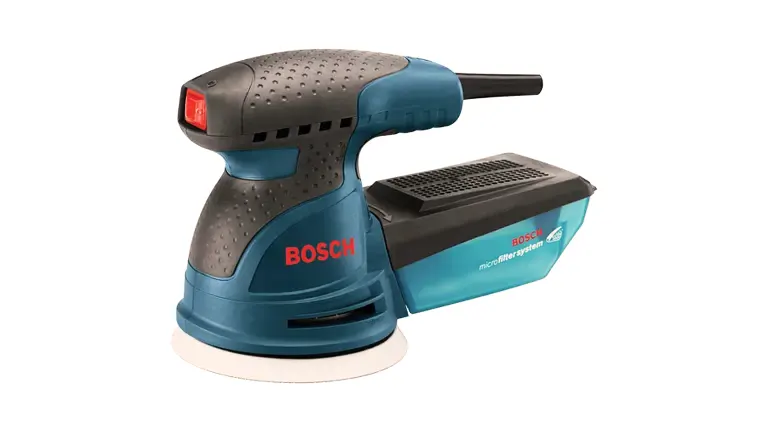
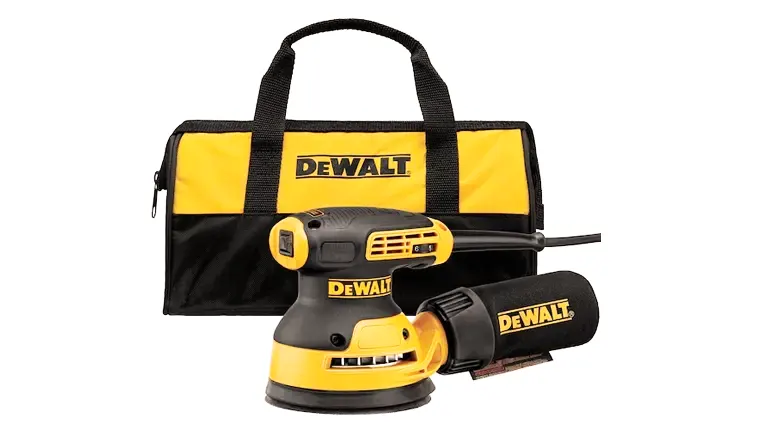
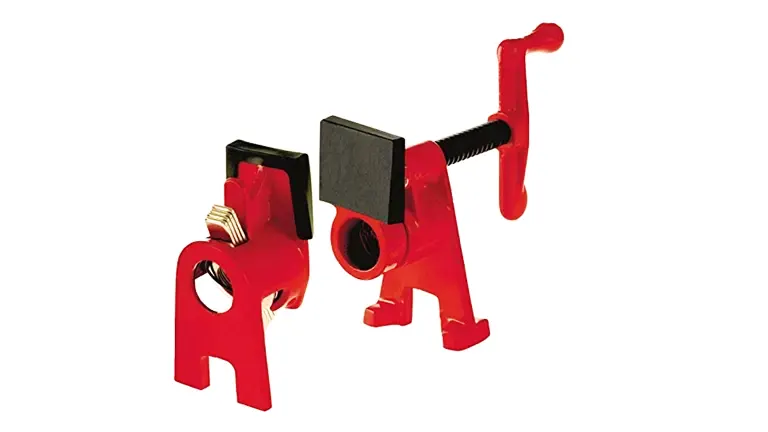

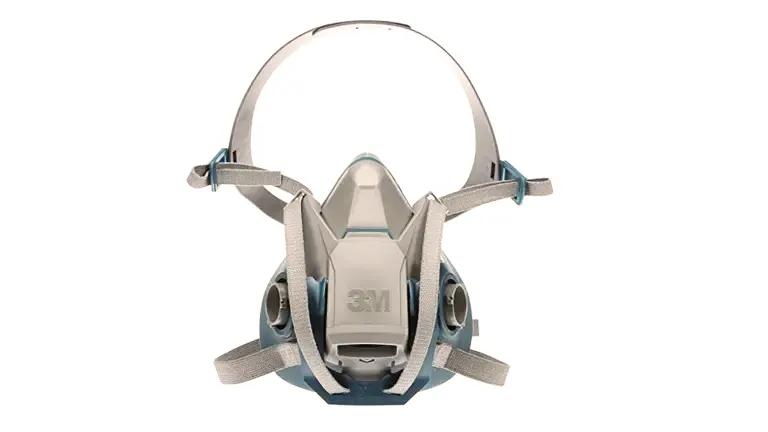


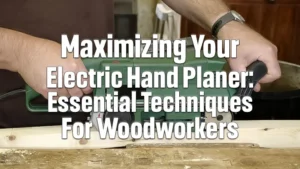

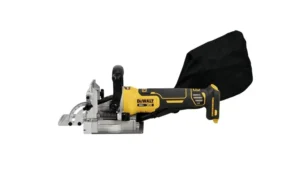




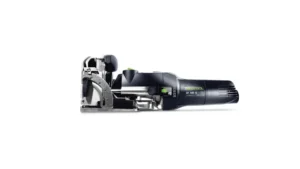

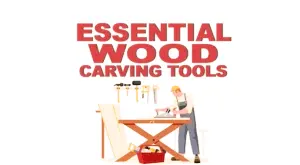

Leave your comment